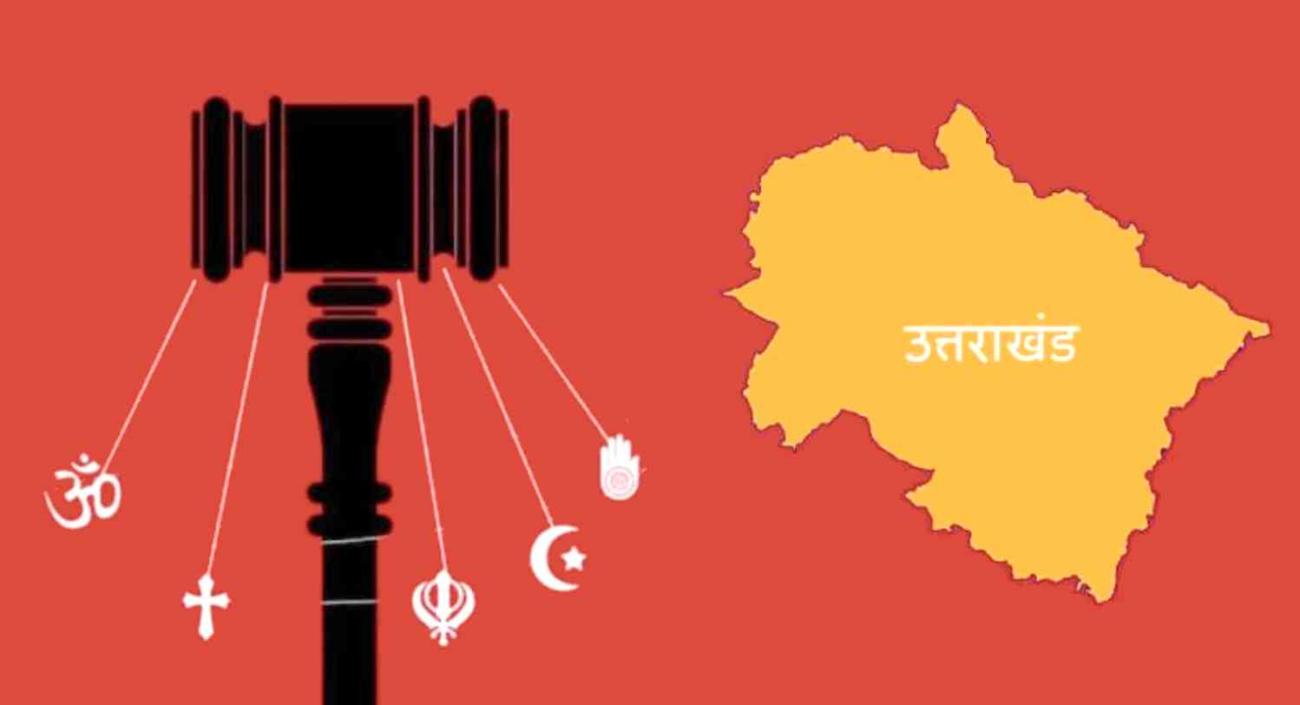This particular issue should be seen beyond the frontiers of corruption. Just as thousands of kilometers of national highways are virtually owned by private sector, through Antrix-Devas deal Indian Space Organization was attempting to handover the national space assets to the private sector for a song. ANTRIX Corporation Limited was incorporated as a private limited company owned by Government of India, in September 1992 as a Marketing arm of Indian Space Research Organization (ISRO) for promotion and commercial exploitation of space products, technical consultancy services and transfer of technologies developed by ISRO. Antrix signed an MOU in March 2003 with M/S Forge Advisors, USA to explore opportunities in digital multimedia services. Later, Forge Advisors established an Indian company called Devas Multimedia Pvt Ltd.
The Bangalore-based start-up, founded in 2004, is headed by Dr. M.G. Chandrasekhar, former Scientific Secretary at ISRO. In 2008, Deutsche Telekom picked up 17 per cent stake in Devas for about $75 million. Columbia Capital and Telcom Ventures are the other international investors. Devas was able to get Rs.1.14 lakh premium on its share worth Rs.10 when it divested stake to Deutsche Telekom. The board of directors includes Kiran Karnik, a former President of Nasscom; Larry Babio, a former vice-chairman of Verizon, and Gary Parsons, a former Chairman of XM Sirius Satellite. It may be noted that former ISRO Chairman Prof. U.R .Raos daughter works for Devas.
According to the contract, Devas Multimedia is entitled to get a total of 70 Mhz of the S-band spectrum on lease for 20 years. The contract requires ISRO to build and launch two communications satellites � GSAT-6 and GSAT-6A � at a further cost of Rs 2,000 crore. To operationalize this agreement, ANTRIX committed to development and launch of two satellites by ISRO referred to as Primary Satellite-1 (PS-1) and Primary Satellite-2 (PS-2) in the agreement. DEVAS got all this for a measly Rs.1000 crores. S-band spectrum was once used by Doordarshan to deliver programmes by satellite to all parts of the country but is now considered to be of enormous commercial value for high-speed, terrestrial mobile communications. In 2010, the Union government got nearly Rs. 67,719 crore from the auction of just 15 Mhz of similar airwaves for 3G mobile services.
Mass education, weather forecasting, disaster management, communication and navigation were the original intent of the Space industry. Increasingly, though, commercialisation is taking a toll of ISROs priorities. The Antrix Board of Directors, significantly, includes Ratan Tata and Adi Godrej. MNCs have been availing of the remote sensing capability of ISRO for a song while commercial DTH/multimedia operators like Tata Sky, Bharti, Sun, Reliance ADAG etc have been scrambling for Ku-band spectrum.
So, what are the issues in the Antrix-Devas deal? S-band spectrum was allocated without inviting competitive bids. Organizational control systems were not followed. ISROs costs were underestimated. Public resources were diverted to build two customer-specific satellites. Devas Multimedias terms deviate from those in past commercial contracts of ISRO/Antrix. According to preliminary CAG estimates, this spectrum largesse to a private customer could have caused the exchequer a loss in excess of Rs. 2 lakh crore. And the Prime Ministers office, to which the ISRO is directly accountable, turned a blind eye for the past six years, and would probably have continued to do so had it not been for fear that the taint of accumulating scams in 2G, CWG etc would reach the PMs chair through the S-band scam.
The S-Band spectrum scam is very much a fallout of the commercialisation of ISRO, whereby the ISRO bureaucracy hankering after lucrative but shady deals, has compromised the credibility of the institution and undermined the work of the scientists. If this is what happens when corporate layers get on the boards of scientific institutions, it is a pointer to how the UPA-IIs agenda of commercialisation of education and research will also open the floodgates of corruption in those areas too. The crash of image thanks to these scams will take a greater toll on the credibility of scientific research institutions than the crash of launch vehicles and rockets.





